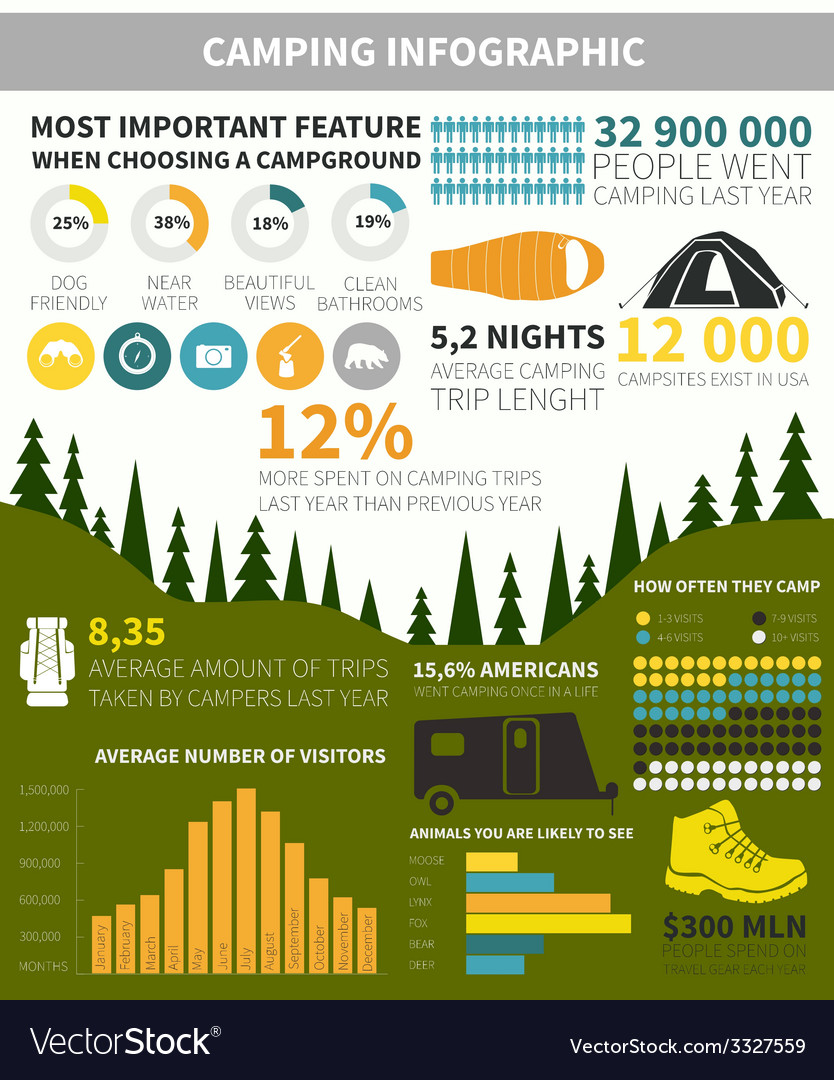Appealing To Your Online Audience By Selling Camping Tents
Appealing To Your Online Audience By Selling Camping Tents
Blog Article
Taking Pleasure In the Stargazing Experience
Daydreaming can be a fulfilling and relaxing leisure activity. It advertises mindfulness and links us to nature, particularly in beautiful environments like remote hill tops and deserts where light contamination is very little.
Why does my tent get wet inside?
The very best time to daydream is during the autumn and winter, when temperatures are milder and weather are more stable. Bring a tent and resting bag to stay comfy while viewing the celebrities.
Prepare Ahead
If you haven't been stargazing for some time, it is essential to obtain comfy before you begin looking up. Plan in advance by putting on warm clothing, bringing extra layers (even in high summer the UK can be cold), and loading a thermos of something warm to drink.
Ideally, find a spot far from city lights. You'll have the ability to see more celebrities and planets without the interference of light pollution.
You do not require to bring a telescope or binoculars to delight in the stargazing experience, although they can help you see more information of celestial objects. You can even utilize your smart device to spot worlds, celebrities, constellations and galaxies with a stargazing app. Simply bear in mind that the stars can be challenging to see on a brilliant phone display.
Bring Comfortable Clothing
When stargazing, it's vital to clothe warmly. Even in summertime, evenings can be cool, so wear layers and a hat to safeguard yourself from the aspects.
Take into consideration bringing a thermos with warm cacao or coffee to stay energized as you look at celestial spheres. It also helps to have a canteen so you can remain hydrated while you observe.
Locate a place away from city lights and near wide-open countryside. This will certainly help in reducing light air pollution and make it less complicated to see celestial objects. Preferably, attempt to plan your stargazing adventure around the time of a new moon or within three days prior to and after. This will certainly give the darkest skies possible, perfect for observing celestial objects and phenomena. Bring a map, compass or GPS gadget to navigate to your watching area and stay clear of obtaining lost.
Bring Snacks
If you're going to be out in the elements for a long time, be prepared with comfortable seats and snacks. You might stay for a couple of hours at the optimal of your stargazing experience, so having some chairs or blankets to rest on can make the night much more pleasurable.
You may want to bring a headlamp, but if you do, be sure it's red so you don't interrupt various other stargazers with your normal light. Your eyes require to adapt to the darkness, and utilizing a routine light will disrupt this process.
A flask of a hot beverage is also an excellent concept-- you can get relaxing in your covering with some tea, hot chocolate and even coffee! Simply make certain to pack the bell tents glamping multiple-use containers so you're staying hydrated.
Bring a Telescope or Field glasses
Stargazing is an activity that entails standing in a dark place for extended periods of time, so it's important to make sure you are comfortable. A great way to do this is by bringing a reclining chair or blanket to sit in. This makes the experience more pleasurable and permits you to focus on the celebrities rather than your hurting back!
For advanced stargazers, a telescope can be an excellent tool to have. A basic reflector or compound telescope can be enough to observe the moon's craters, the rings of saturn, and also some bigger galaxy and galaxies.
Binoculars are also an excellent choice to telescopes. They are portable, budget-friendly, and easy to use, and can help you see a whole lot more than what your naked eye can handle on its own.
Strategy Your Journey
An effective stargazing experience calls for cautious preparation. Clothing appropriately, bringing cozy refreshments and comfy seats (like reclining chairs or camping blankets), and educating somebody concerning your journey information and expected return time are important for safety and security.
Selecting the right area is also essential. Try to find dark skies areas that are far from light contamination-- like national forests or marked dark-sky reserves. And plan your browse through throughout the new moon for the darkest skies.
Avoid utilizing flashlights as long as feasible, given that they disrupt your capability to see the stars-- and bear in mind that it takes 20 mins for your eyes to re-adjust after each usage. If you do need to use a flashlight, take into consideration covering it with red cellophane to maintain your night vision. Also, make sure to research study celestial occasions like meteor showers or eclipses.
How do you clean a canvas teepee?
